Politics & Security
The US and Vietnam: Old Enemies, New Friends?
Published
6 years agoon
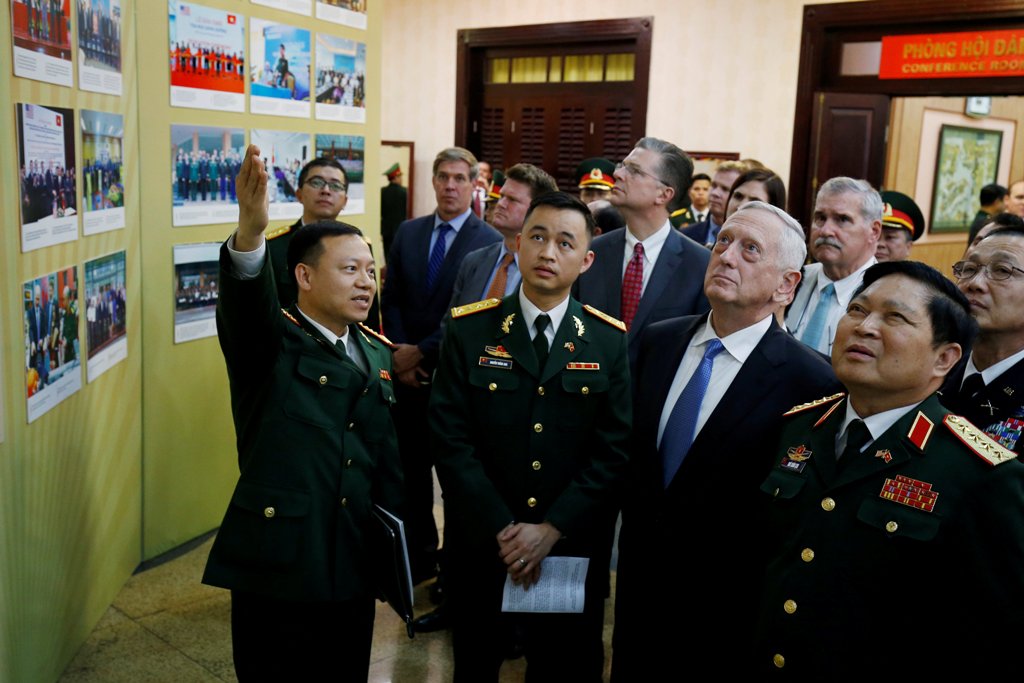
America’s eight-year military intervention came to a rather ignominious end as the last United States combat forces withdrew from South Vietnam on March 29, 1973. Having already violated the ceasefire, the North Vietnamese—who had fought nearly 20 years to see their country united—seized the opportunity and launched a massive offensive. The southern capital, Saigon, quickly fell to communist forces in a 1975 offensive, which led more than a quarter-million people to flee the country. These final, tumultuous days effectively marked the conclusion of the Vietnam War.
The conflict resulted in the deaths of 58,200 US forces, with around 2,600 missing and 150,000 wounded. For the newly-formed Socialist Republic of Vietnam, the war left an estimated one million military and two million civilian deaths. Additionally, environmental and public health effects from unexploded ordnance and the military use of toxic herbicides, like Agent Orange, presented long-term policy challenges for Hanoi.
Diplomatic ties between the United States and Vietnam were severed in 1975, with Washington imposing a full trade embargo. The situation would only worsen following Vietnam’s invasion and nearly decade-long occupation of neighboring Cambodia, which resulted in the country’s further isolation from the international community.
Normalized Relations
But fast-forward to 2018—there is a growing friendship between these old enemies.
The path to normalized relations began during the 1990s, when President George H.W. Bush secured the opening of a field office in Hanoi to investigate issues and evidence of prisoners of war and missing in action. Following Vietnam’s withdrawal of forces from Cambodia and national elections overseen by the United Nations, the US eased trade and travel restrictions.
The US Department of State and Vietnamese Foreign Ministry would establish offices in the other’s capitals by 1993. By 1994, American companies entered the Vietnamese market as part of the Doi Moi reforms that began in the mid-1980s and favored a socialist-oriented market economy, as compared to a fully state-planned system. Bill Clinton also lifted the remaining portions of the trade embargo in 1994. Relations were officially normalized the following year—although, the US maintained an embargo on the sale of arms to Vietnam.
On March 6, 2018, the USS Carl Vinson anchored off Da Nang, a key battleground in the Vietnam War, demonstrating the extent to which the dynamic had changed. It represented the first time in almost four decades that a US Navy aircraft carrier hand visited the country. Although US warships had visited several times before—following the port call of USS Vandegrift in 2003—this recent visitation was of a different level. Indeed, this occurred following the White House visit of Prime Minister Nguyen Xuan Phuc in late May 2017 and President Donald Trump’s Asia Tour, which included Vietnam, in November that year .
The positive momentum experienced of late by Trump in bilateral relations with Vietnam is a continuation of that under Barrack Obama, who lifted the arms embargo in 2016, and his predecessor, George W. Bush.
Despite initial concerns regarding the administration’s policy in Southeast Asia, especially after the United States withdrew from the Trans-Pacific Partnership, the US recently handed over six Metal Shark “45 Defiant” patrol boats to Vietnam’s coast guard on March 28, 2018. When considered alongside other events—like a commitment of US$18 million for maritime security, naval engagement activities (the latest of which occurred in July 2017), and US Defense Secretary Jim Mattis visiting Hanoi—this represents yet another step forward in developing security ties between the former enemies.
Reaction to China’s Expansionism
In part, China’s increasingly aggressive moves in the South China Sea have pushed Vietnam (and other countries) into developing new security ties with the US
China’s claims in the South China Sea stretch roughly 1,600 km from its southern shore, overlapping with territory claimed by Taiwan, the Philippines, Brunei, Malaysia, and Vietnam. Despite a landmark 2016 ruling by the Permanent Court of Arbitration in The Hague, which said there was no legal basis for China's maritime claims, Beijing has forged ahead with island-building in the disputed waters. Hundreds of reefs near the Spratly Islands have either been damaged or completely destroyed as Chinese vessels dredge for more gravel, while poaching of giant clams and other marine life goes unchecked.
Vietnam and other Southeast Asian countries have criticized Beijing’s actions. However, most have opted to avoid forcefully challenging their bellicose neighbor. It falls to the United States, which maintains a naval presence in Southeast Asia, to ensure freedom of navigation in the South China Sea, through which nearly US$5 trillion in goods pass annually.
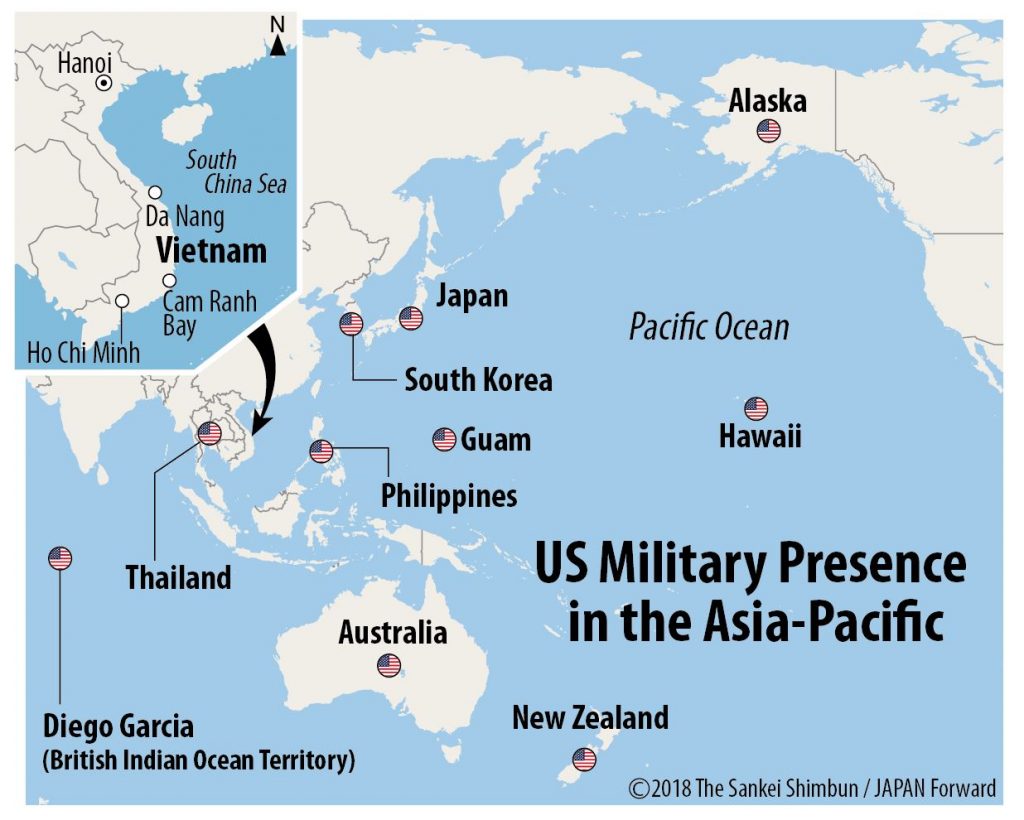
In this context, the United States regards Vietnam as a strategic partner in counter-balancing China’s expansionism in the region. Similarly, Hanoi sees an opportunity to join forces with Washington over a common problem.
Economic Partnership
Though defense and security cooperation are significant when considering this burgeoning partnership, the US and Vietnam have also developed strong economic links over the past few decades. Bilateral trade, which stood at US$451 million in 1995, surged to over $54 billion in 2017. Washington and Hanoi also negotiated a bilateral trade agreement in 2001, which granted Vietnam conditional most-favored-nation status and, in part, facilitated that country joining the World Trade Organization later in 2007.
Following normalization of relations in the 1990s, the United States became the largest destination for Vietnamese goods, including clothing, electronics, footwear, and seafood.
Nonetheless, a growing trade deficit with Vietnam—estimated at US$38 billion in 2017—has raised concerns back in the US. Other issues regarding intellectual property theft, food safety, and corruption persist as well.
Both countries must recognize these obstacles and, indeed, many others do exist. Segments of the Vietnamese Communist Party remain wary of developing too close a relationship with the United States, while, back in Washington, the war legacy and human rights abuses—Vietnam was classified as “not free” by Freedom House in 2018—continue to divide American public opinion.
Nevertheless, a new partnership is developing between the United States and Vietnam, based on a broad framework that will have ramifications in and beyond Southeast Asia.
RELATED ARTICLE: Japan and Vietnam: An Emerging Partnership in A Contested Region
Patrick Kelly is a reporter with JAPAN Forward. He currently is living in Tokyo, Japan.
You may like
-


EDITORIAL | With Attack on Israel, Iran Pushes for Wider Mideast War
-


Tibetan Buddhism From Mongolia to the Dalai Lama's Legacy
-


PM Kishida's State Visit Promises More US-Japan Tech Collaboration
-


Kishida Speaks to the US Congress: US Lawmakers React
-


Japan's Next-Gen Fighter Jet and the Future of its Defense
-


How the Emerging China-Russia Alliance Uses Military Drills for Geopolitical Grandstanding

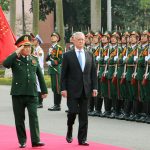
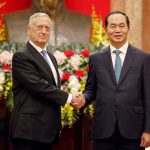
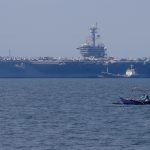


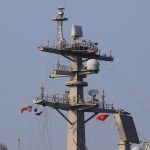
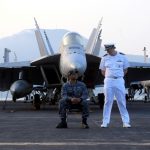
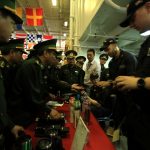


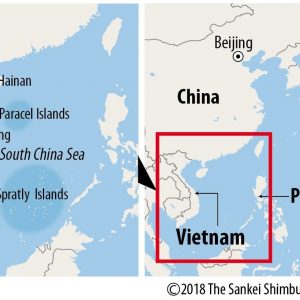
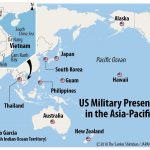





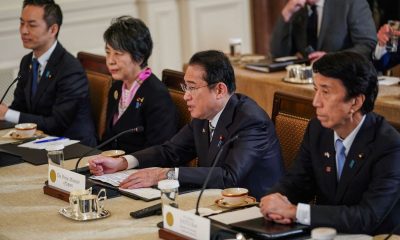

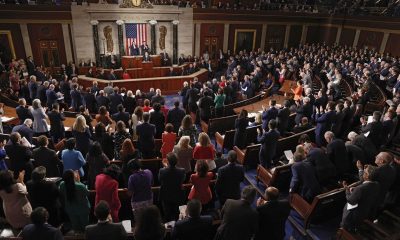

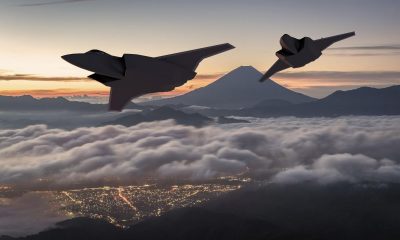

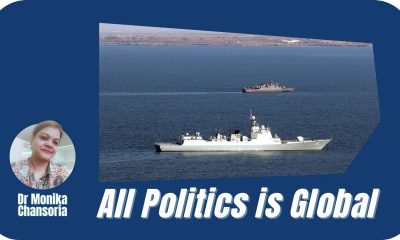



You must be logged in to post a comment Login